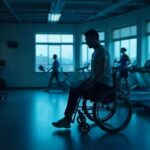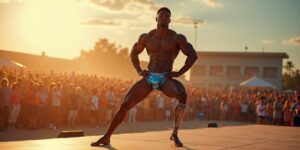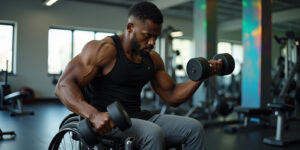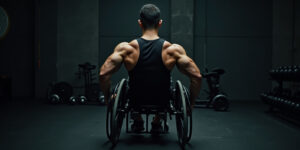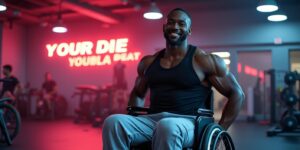Discover disabled fitness equipment designed for accessibility, comfort, and inclusivity. Empower your fitness journey with adaptive solutions for all abilities.
Fitness should be a universal experience, open to everyone regardless of their physical abilities. With the rise of disabled fitness equipment, individuals with disabilities can now participate in exercise routines tailored to their unique needs. This blog explores the various types of disabled fitness equipment, highlighting how they work and their benefits. Whether you’re an individual looking to start your fitness journey or a facility aiming to be more inclusive, understanding these tools can be transformative.
Why Disabled Fitness Equipment Matters?
Traditional gym equipment is often designed with able-bodied users in mind, which can leave people with disabilities excluded from fitness spaces. Disabled fitness equipment changes the game by:
- Providing Accessibility: It ensures that individuals with mobility, sensory, or cognitive challenges can engage in exercise.
- Enhancing Independence: Many pieces of equipment are designed for solo use, promoting confidence and self-reliance.
- Improving Health Outcomes: Regular exercise helps manage chronic conditions, improve mobility, and boost mental health.
Now, let’s dive into the different types of disabled fitness equipment and how they cater to diverse needs.
1. Cardio Equipment
Cardio fitness is vital for heart health and endurance. These types of equipment are adapted to make aerobic exercise accessible:
- Hand Cycles: These allow users to pedal using their hands rather than their legs. They’re ideal for individuals with lower-body mobility challenges and provide an excellent cardiovascular workout.
- Seated Rowing Machines: Modified rowing machines enable users to engage their upper body while seated. Some models are wheelchair-accessible.
- Adaptive Treadmills: Equipped with harnesses or rails for additional support, these treadmills are suitable for individuals who need assistance with balance or stability.
- Recumbent Bikes: These provide a low-impact cardiovascular workout while supporting the user’s back and reducing joint strain. They’re great for those with limited mobility or chronic pain.
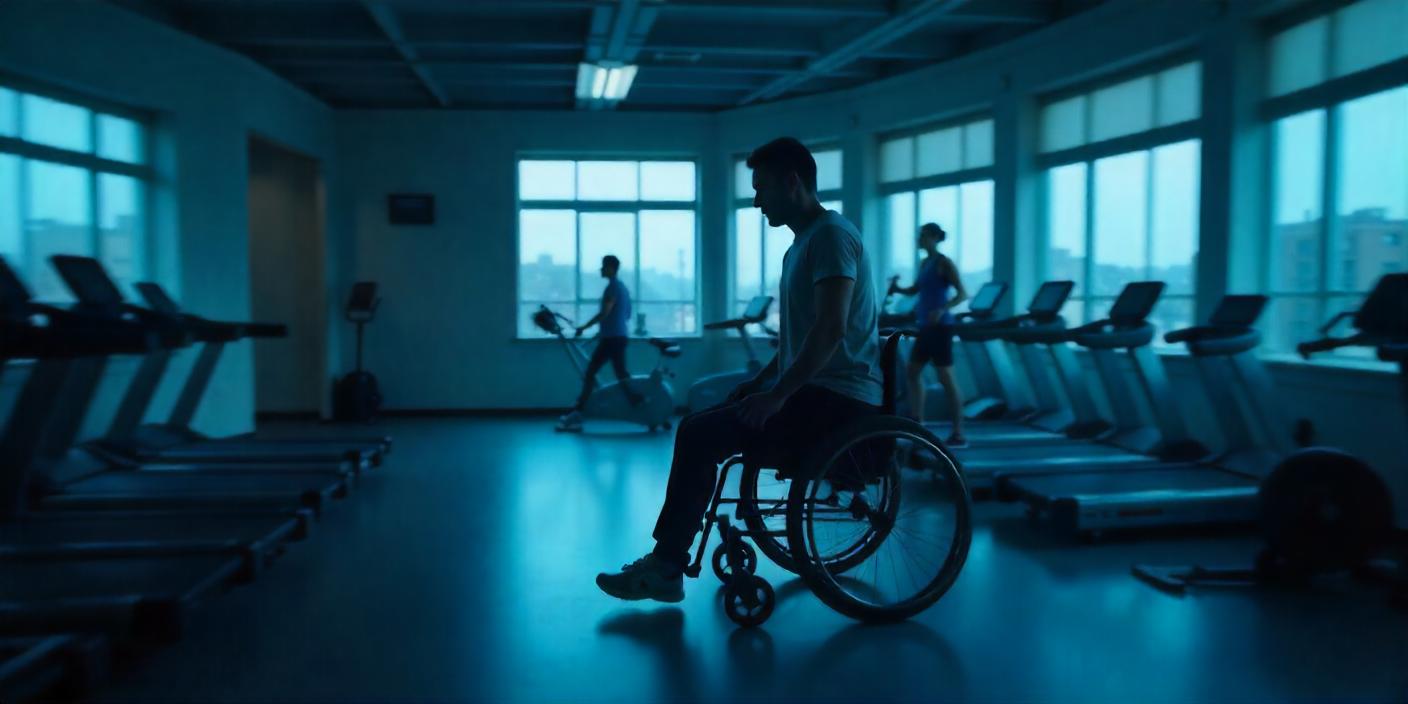 2. Strength Training Equipment
2. Strength Training Equipment
Building strength is essential for maintaining muscle mass and improving daily functionality. The following equipment makes strength training inclusive:
- Wheelchair-Accessible Weight Machines: These machines have adjustable seats or no seats at all, allowing wheelchair users to roll up and perform exercises.
- Resistance Bands with Adapted Grips: Designed for individuals with limited hand mobility, these bands feature larger loops or easy-grip handles.
- Seated Weight Benches: With secure seating and adjustable angles, these benches cater to users with balance issues or those who cannot lie flat.
- Cable Pulley Systems: These systems can be adjusted for height and resistance, making them versatile for users with various mobility levels.
3. Flexibility and Balance Equipment
Flexibility and balance training are crucial for preventing falls and improving coordination. Specialized equipment includes:
- Stability Balls: These are great for seated exercises that enhance core strength and balance. Some models come with stabilizing bases for added safety.
- Balance Trainers: These tools help users work on their stability and coordination in a controlled environment.
- Stretching Machines: Designed to assist users in improving their flexibility without overstraining, these machines are especially helpful for individuals with limited range of motion.
4. Aquatic Fitness Equipment
Water-based exercises are excellent for reducing joint strain and offering low-impact resistance. Aquatic fitness equipment for individuals with disabilities includes:
- Water-Resistant Dumbbells: Lightweight and buoyant, these dumbbells add resistance to water-based workouts.
- Pool Lifts: These devices help users enter and exit the pool safely, making aquatic fitness accessible to wheelchair users.
- Underwater Treadmills: Designed for hydrotherapy and fitness, these treadmills provide a gentle way to improve mobility and endurance.
- Flotation Devices: Adapted vests and belts ensure safety and stability for those engaging in water-based exercises.
5. Rehabilitation Equipment
For individuals recovering from injuries or surgeries, rehabilitation-focused disabled fitness equipment is essential:
- TheraBands: These elastic bands provide varying resistance levels and are often used in physical therapy.
- Ergometers: These measure the effort exerted during an exercise and are often used to track rehabilitation progress.
- Bodyweight Support Systems: Harness-based systems allow users to perform weight-bearing exercises without putting stress on their joints.
- Passive Motion Machines: These machines move a user’s limbs for them, helping improve joint mobility and circulation.
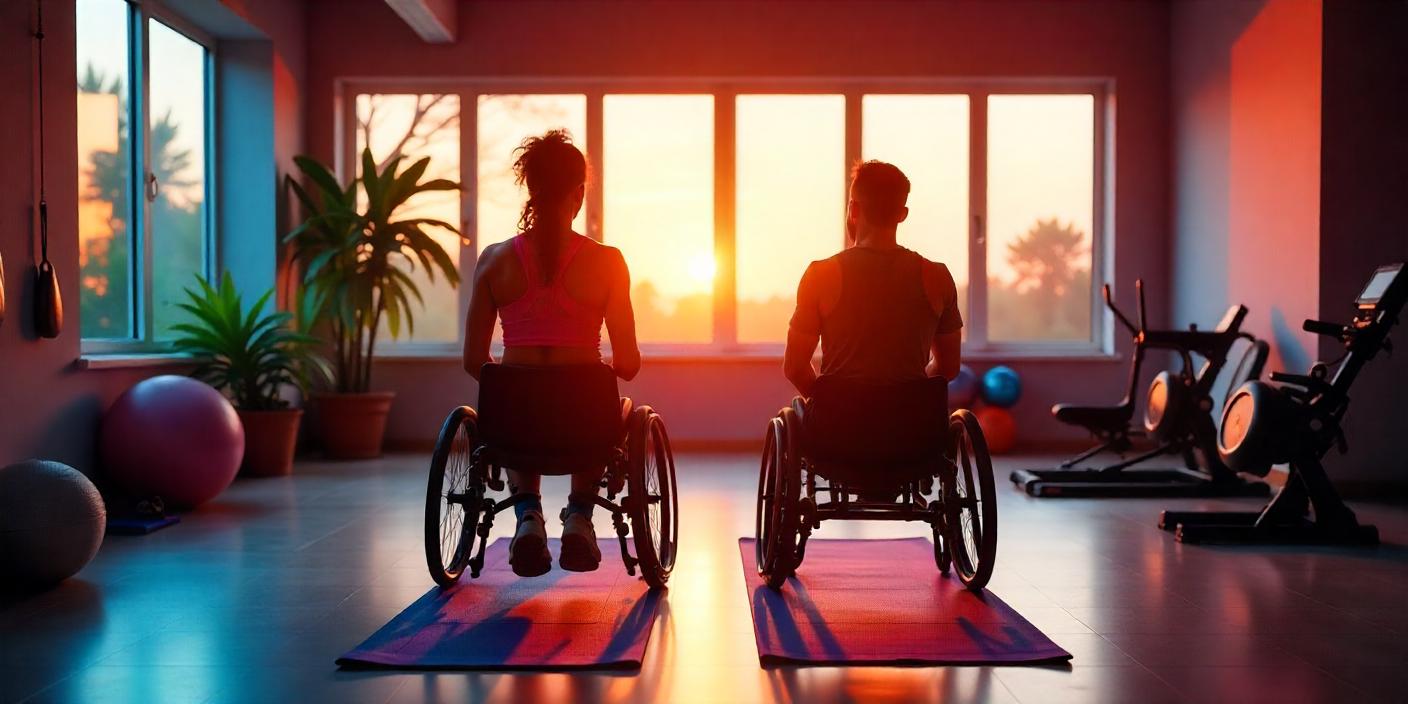
6. Adaptive Yoga and Pilates Equipment
Mind-body exercises like yoga and Pilates offer numerous benefits, including stress reduction and improved flexibility. Adaptive tools include:
- Modified Yoga Blocks: Wider and more stable than standard blocks, these provide additional support during poses.
- Straps with Loops: These assist users in stretching and holding poses safely.
- Reformer Machines: Adapted Pilates reformers allow users to perform exercises while seated or lying down.
7. Virtual Fitness Tools
Technology is revolutionizing fitness by offering virtual solutions for individuals with disabilities. Examples include:
- Virtual Reality (VR) Fitness: VR headsets can simulate engaging workout environments tailored to a user’s abilities.
- Mobile Fitness Apps: Many apps now feature adaptive exercise routines designed for people with disabilities.
- Smart Exercise Machines: IoT-enabled equipment can monitor a user’s performance and provide personalized feedback.
Benefits of Disabled Fitness Equipment
The right equipment doesn’t just make exercise possible—it makes it enjoyable and rewarding. Here are some benefits:
- Improved Mobility: Regular use can enhance strength and flexibility, making daily tasks easier.
- Enhanced Mental Health: Exercise boosts endorphins, reducing stress and promoting well-being.
- Social Inclusion: Accessible fitness equipment allows individuals to participate in group activities.
- Independence: Many tools are designed for solo use, empowering users to manage their own fitness routines.
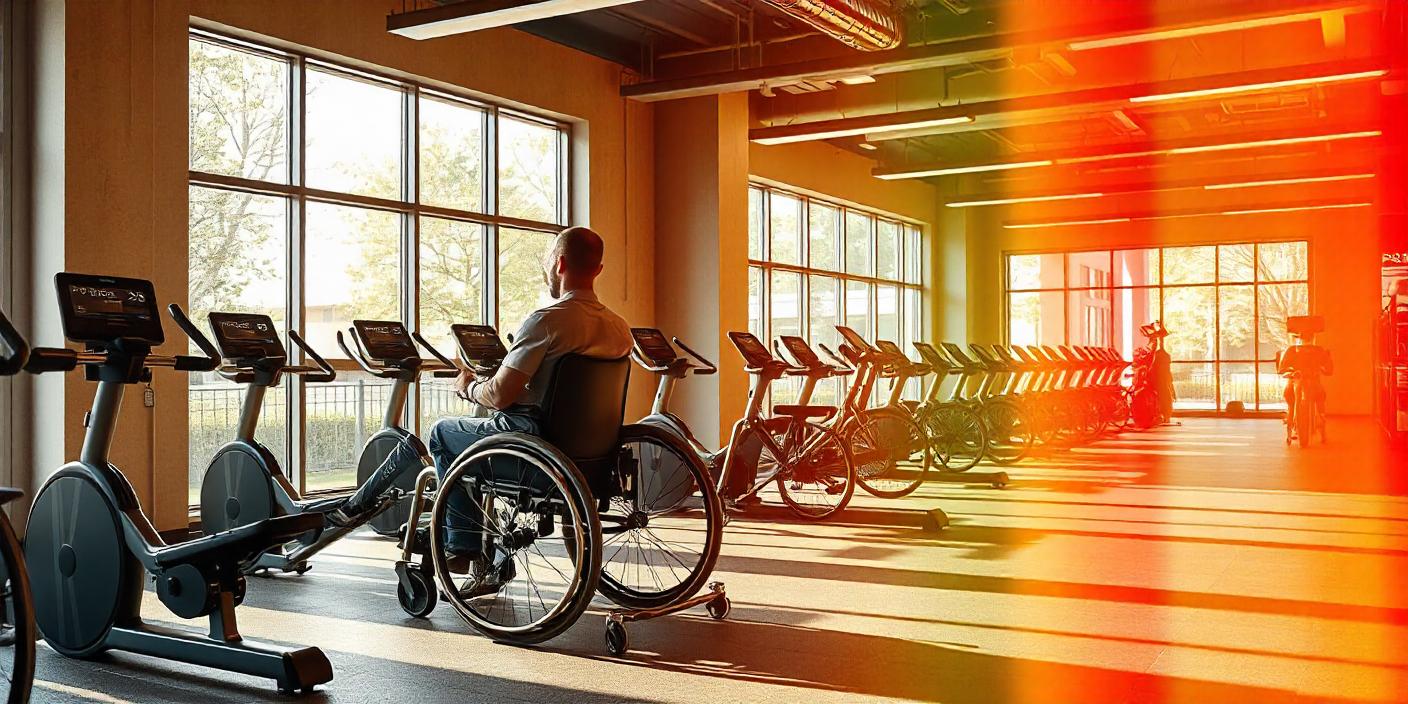
Choosing the Right Equipment
Selecting disabled fitness equipment depends on individual needs and goals. Here are some tips:
- Consult a Professional: Speak with a physical therapist or fitness trainer experienced in adaptive fitness.
- Test the Equipment: Whenever possible, try out equipment before committing to ensure comfort and usability.
- Consider Home vs. Gym Use: Decide whether you’ll be working out at home or in a gym to choose the most practical options.
- Focus on Versatility: Look for tools that can be used for multiple exercises to maximize value.
The Future of Disabled Fitness Equipment
Innovation in disabled fitness equipment is accelerating, thanks to advancements in technology and a growing focus on inclusivity. From AI-powered machines that adapt to individual abilities to more aesthetically pleasing designs, the future looks bright for adaptive fitness.
Disabled fitness equipment is more than just a tool—it’s a gateway to a healthier, more active lifestyle. By understanding the different types of equipment available, individuals and facilities can make informed choices that promote inclusivity and well-being.
Whether you’re an individual seeking to start your fitness journey or a gym looking to create an inclusive space, disabled fitness equipment is the key to breaking barriers and building stronger, healthier communities. Let’s embrace these tools and ensure that fitness truly is for everyone.

